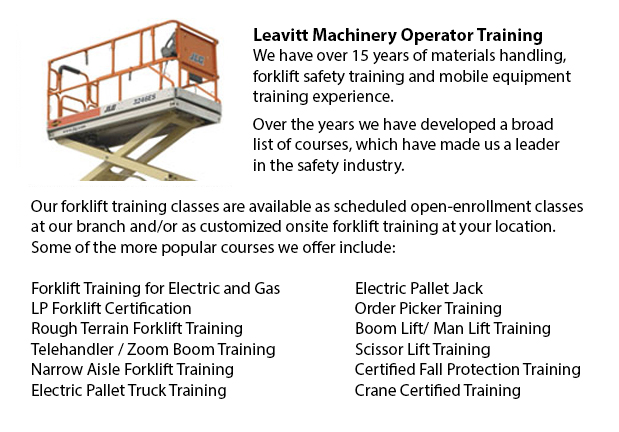
Scissor Lift License Glendale - The is an inherent chance in operating a scissor lift, because with all types and kinds of powered work tools will require correct handling to be able to avoid accidents that might result in injuries or damage. Companies need to ensure that staff using this machinery have the necessary experience.
Companies should not allow scissor lifts to be used by unskilled people. The scissor lift is designed to raise individuals to high levels. Failure to know and completely abide by safety standard could result in injuries for the users or damage to the lift.
There are no regulations governing the use of fall protection for those who use scissor lifts. Nonetheless, manufacturers may recommend the utilization of fall protection and in some circumstances tying off in scissor lifts might be required by employer rules, local regulations or job-specific risk assessment.
In order to make sure that the scissor lift is in good working condition prior to using the equipment, the operator must carry out a thorough inspection. This is the operator's job, even though the unit has already been in service that day. The operator's manual of the machinery contains a checklist for pre-operation.
Examples of what to look for when performing a pre-operation inspection include checking tire-inflation pressure, and checking controls in the platform and ground controls to ensure they are functioning. When retracting or extending the boom, look for delayed movement on the fly section which may indicate cables are loose. While operating the controls, make certain that the emergency stop switches are working. Operate functions against the machine's cutout switches. Test the boom control system by cycling a boom lift to the furthest extent of its operating envelope. Safety limiters must stop the unit automatically before it moves into an unstable position, if they are working properly. If they aren't, turn off the lift and make sure that repairs are made before using it for a second time.
Proper and safe operating measures should be followed always. Levers must be operated with controlled, even pressure. A control lever must never be pushed from one position to the opposite position. The lever must be shifted to neutral, before stopping, and then proceeding in the desired direction. When released, control switches and levers should automatically return to the neutral position. Depress the foot switch prior to operating platform controls.
-
Aerial Lift Train the Trainer Glendale
Aerial Lift Train the Trainer Glendale - The Aerial Lifts Train the Trainer Certification Program will teach trainers how to effectively train operators in safe industrial mobile machine operation. Trainers are given in-depth instruction on aerial li... More -
Forklift License Glendale
Forklift License Glendale - In North America, acquiring a forklift license or forklift certification involves hands-on and classroom training. Regulatory control over certification, training and license for powered industrial truck operators falls un... More -
Telehandler Certification Glendale
Telehandler Certification Glendale - Telehandler certification programs are both for operators who have some experience driving a typical forklift and for individuals with no experience. The real-world training provided by these courses produces grad... More -
Operator Safety Training and Re-Qualification Training and In-House Instructor Training in Glendale
Forklifts are used in almost all warehouse operations and in boat yards and in industrial construction sites. The reach feature of a forklift is a very important component utilized in a variety of applications like for example when a shelving system... More -
Manlift Training Glendale
Manlift Training Glendale - Different manlift training programs include the content and review of manlift devices. An important portion of the program is the practicum where students show their practical ability and knowledge to safely operate a manl... More -
Crane Certification Glendale
Crane Certification Glendale - The Crane Certification Program consists of the industry suggested subject matter which will teach the safe and efficient operation of cranes. The individual would train in the following: how to identify cranes and thei... More -
Loader Ticket Glendale
Loader Ticket Glendale - Gehl articulated loaders have been made to suit practically every condition. They offer optimal maneuverability and great traction due to a heavy-duty oscillating joint that provides 45-degree rotating angles right and left,... More -
Crane Ticket Glendale
Crane Ticket Glendale - The new version of a crane could be either simple or complex, and cranes vary based on their use. Mobile cranes, for instance are rather simple. A telescopic boom or steel truss mounts its movable platform. A system of levers... More

Forklift Training Glendale
TOLL FREE: 1-888-254-6157
Glendale, Arizona
forkliftcertificationglendale.com
Email Us
About Us


